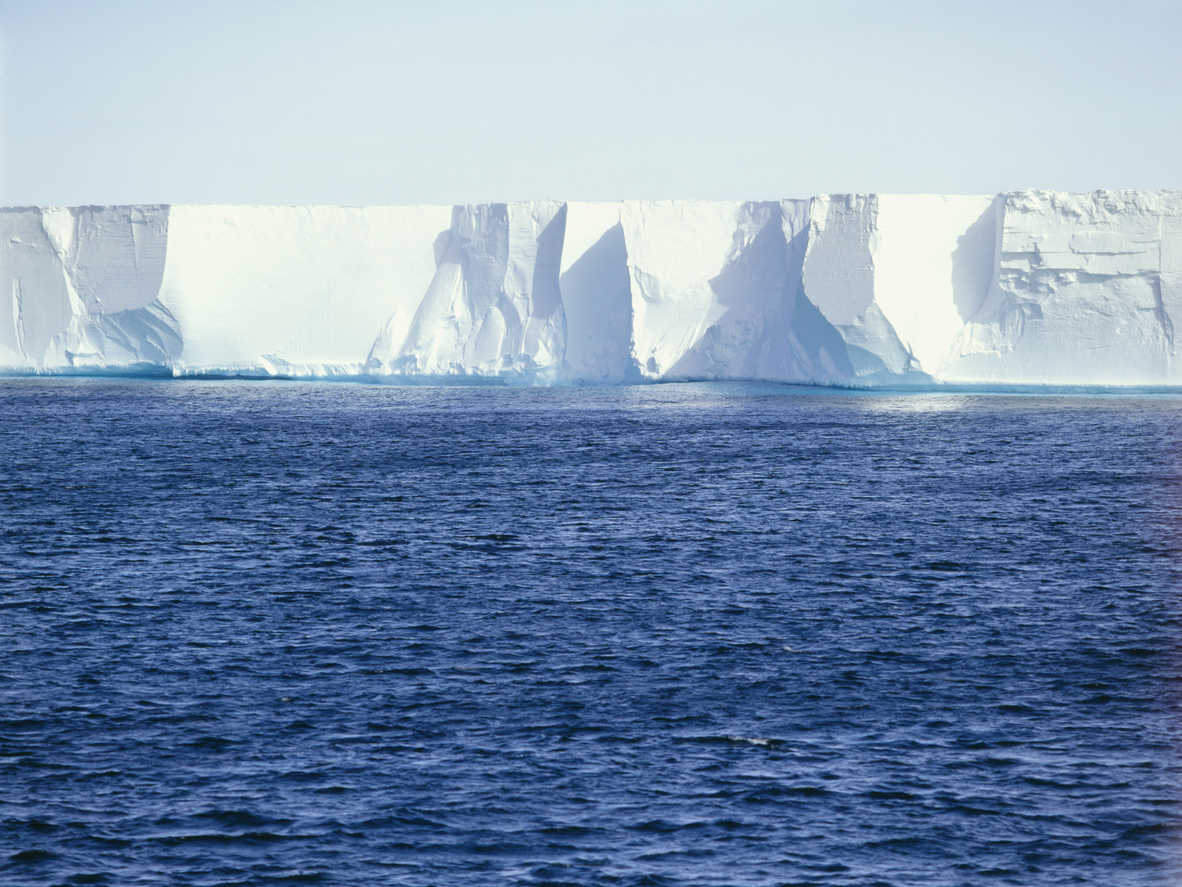Ross Ice Shelf Retreated 30 Miles In 19thC
By Paul Homewood
It is well established that glaciers all across the Northern Hemisphere began receding in the 19thC, long before any possible effect from AGW.
But there is plenty of evidence that the same is true on Antarctica. This newspaper report was published in 1932:

https://trove.nla.gov.au/newspaper/article/23150667#
Sir James Ross undertook his expeditions to the Antarctic in the 1840’s.
The ice barrier referred to is the Ross Ice Shelf:

The shelf is estimated to be retreating by 1.3m a year, with all of the usual nonsense about “several meters of sea level rise if it all melts”. Clearly it was retreating much faster in Bernacchi’s day.
Interestingly, Bernacchi accompanied Scott on the 1901-04 Antarctic expedition. and Scott was best man at his colleague’s wedding in 1906. Bernacchi was invited to go on Scott’s ill fated second expedition, but declined due to family commitments.
Comments are closed.
Im surprised- not- they are still making primary school level errors for a floating ice shelf
““If we lost the Ross Ice Shelf…that would eventually result in several meters of sea level rise,” said Craig Stewart, a marine physicist at the National Institute of Water and Atmospheric Research in Wellington, New Zealand.”
The records from Cooks journals when he went south ( in summer) in the late 1700s show he encountered the ‘ice wall’ further north than it is today in summer
More relevant was this from Wikipedia on Ross Ice Shelf
“A second New Zealand expedition in 2019 traveled to the grounding line region of the Kamb Ice Stream. The hot water drill borehole at this site penetrated through over 500 m of snow and ice to an ocean cavity only 30 m deep at this location.”
Only 30 m of ocean under over 500m of ice
Not errors. Deliberately deceptive and dishonest.
I tend to agree Chas, but is it deliberate? Is it just confirmation bias allied to a “religious” belief in AGW. Everything must point to the same conclusion. As in warm/cold and wet/dry all being climate change and due to human CO2 emissions.
I think it has dawned on some that the AGW hypothesis is likely to be exaggerated but if you want feed your family and fit in with your mates then groupthink is your friend.
Lack of proper science is the Postmodern way. You are seeing the same script playing out in the COVID debate.
If they don’t know what ‘shelf’ means they should give up and go home.
‘An ice shelf is a thick *floating* platform of ice’ – Wikipedia
The latest TV adverts for Amazon blame “Global warming” for causing fires in California.
Lets watch it get 10 times bigger due to the fact they want it to.
”Oi,Grow a bit bigger would you!? We’re gonna boil in this hellhole!!”
”Okie dokie.”
“Estimates for future sea-level rise are based on a large ensemble of climate model simulations.”
It’s all done with models and simulations. Real world evidence doesn’t count, especially if it is historical.
Floating ice won’t raise sea levels at all. A simple experiment shows this. Fill a tumbler of water to the brim with a couple of ice cubes in it. The ice will melt but the water level will not rise and spill out.
Obviously THE SCIENCE hasn’t caught up with Archimedes (approx. 220 BC)
It was 2013 when The Ship of Fools set out for Antarctica.
A group of Australian scientists retracing Sir Douglas Mawson’s daring Antarctic expedition will bring the public along on the journey through live internet chats and social media.
The six-week journey, led by Professor Chris Turney and Dr Chris Fogwill of the University of NSW, ….the team of 48, including members of the public, (including “reporters” from the ABC and The Guardian) … will traverse the route Mawson explored during the last leg of his 1911-1914 expedition.
Savouring one final restaurant dinner before he leaves New Zealand on Wednesday, Prof Turney said the group wanted to see how much had changed in Antarctica over the past 100 years.
What had changed was that there was more ice. The ship got stuck in ice 110 km.(about 70 miles) from where Mawson moored his ship. These tourists had to be rescued by ships and helicopters at considerable expense to the taxpayer, and all we got out of it was the observation that they had run out of ingredients to make peanut butter smoothies.